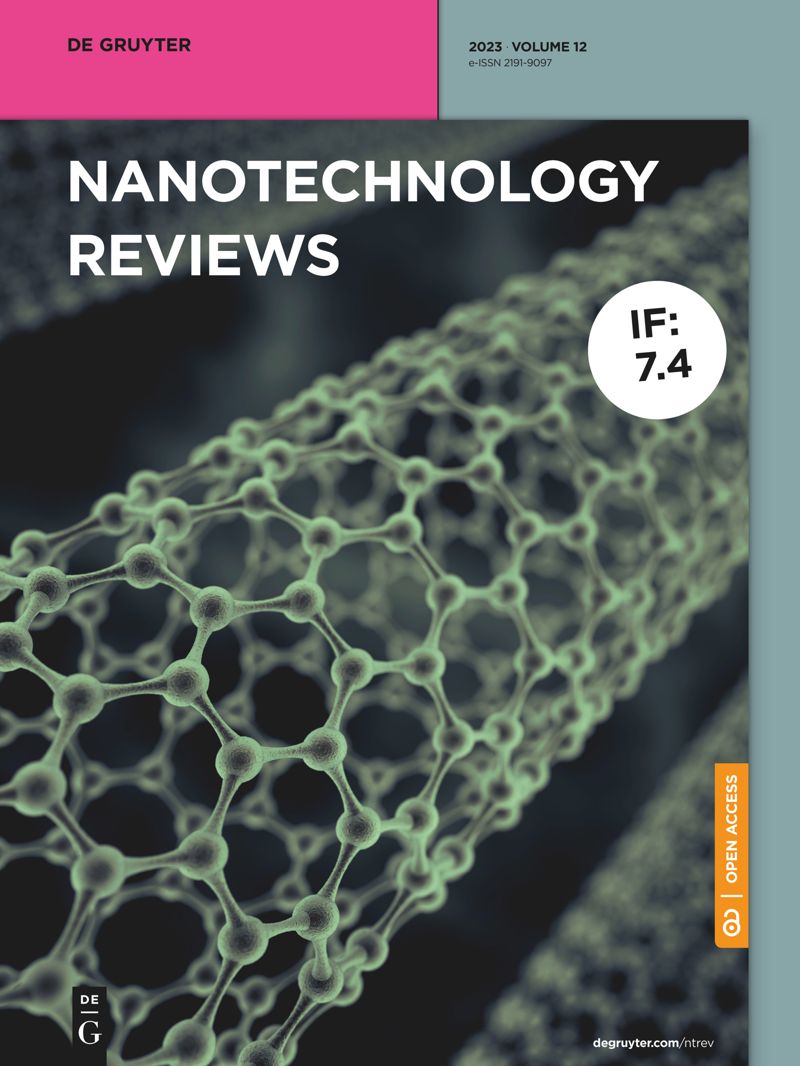具有旋向微生物、非线性热辐射和化学反应的上对流Maxwell纳米液体的生物转化传输
IF 6.1
3区 材料科学
Q1 CHEMISTRY, MULTIDISCIPLINARY
引用次数: 0
摘要
微生物的概念吸引了现代研究人员的大量考虑,因为它在商业和工业产品中的应用,例如,生物燃料(从废物中制备),药物输送和肥料。考虑到微生物的这种利用,本文提出了一种基于回旋微生物的分析,该分析具有可渗透拉伸表面配置的混合对流非线性辐射麦克斯韦纳米液体驻点流动。导出了受蒸腾作用影响的边界层拉伸流动。建模是基于Buongiorno的纳米液体模型。该模型捕捉了布朗扩散和热泳现象。在辐射热通量、热源、热罗宾条件和散热器的非线性情况下,建立了能量表达式。提出了考虑溶质罗宾条件和化学反应的质量输运分析。此外,还考虑了活动微生物的罗宾条件。利用边界层概念对麦克斯韦流体的复杂数学表达式进行了简化,然后用适当的变换辅助得到常微分形式的数学问题。分析方法(即同伦分析方法)被用于计算分析。所得结果以图形和数值形式给出。详细描述了新出现的物理无量纲参数。结果表明:随着Peclet数和微生物Biot数的增加,运动密度场显著增强;但随着生物对流施密特数和活动微生物浓度差参数的增大,它们被抑制。本文章由计算机程序翻译,如有差异,请以英文原文为准。
Bioconvection transport of upper convected Maxwell nanoliquid with gyrotactic microorganism, nonlinear thermal radiation, and chemical reaction
Abstract The microorganisms’ concept has appealed substantial consideration of modern researchers because of its utilization in commercial and industrial products, for illustration, biofuel (prepared from the waste), drug delivery, and fertilizers. Keeping such utilizations of microorganisms in mind, an analysis based on gyrotactic microorganisms featuring the mixed convective nonlinear radiative Maxwell nanoliquid stagnation point flow configured by permeable stretching surface is presented. Boundary layer stretching flow subjected to transpiration effects is formulated. Modeling is based on Buongiorno’s nanoliquid model. This model captures Brownian diffusion along with thermophoresis aspects. Energy expression is formulated under nonlinear version of radiative heat-flux, heat source, thermal Robin conditions, and heat sink. Mass transport analysis is presented considering solutal Robin conditions and chemical reaction. In addition, the Robin conditions for motile microorganisms are also considered. The complex mathematical expressions of Maxwell liquid are simplified utilizing the Boundary layer concept and then suitable transformations assist to obtain the mathematical problems in ordinary differential forms. The analytical approach (that is homotopy analysis methodology) is utilized for computational analysis. The outcomes obtained are presented graphically and numerically. The detailed description of emerging physical non-dimensional parameters is included. Our findings indicate that the motile density field strongly boosted with the increment in Peclet number and microorganisms Biot number; however, they are suppressed with the increase in the values of bioconvection Schmidt number and motile microorganism concentration difference parameter.
求助全文
通过发布文献求助,成功后即可免费获取论文全文。
去求助
来源期刊

Nanotechnology Reviews
CHEMISTRY, MULTIDISCIPLINARY-NANOSCIENCE & NANOTECHNOLOGY
CiteScore
11.40
自引率
13.50%
发文量
137
审稿时长
7 weeks
期刊介绍:
The bimonthly journal Nanotechnology Reviews provides a platform for scientists and engineers of all involved disciplines to exchange important recent research on fundamental as well as applied aspects. While expert reviews provide a state of the art assessment on a specific topic, research highlight contributions present most recent and novel findings.
In addition to technical contributions, Nanotechnology Reviews publishes articles on implications of nanotechnology for society, environment, education, intellectual property, industry, and politics.
 求助内容:
求助内容: 应助结果提醒方式:
应助结果提醒方式:


